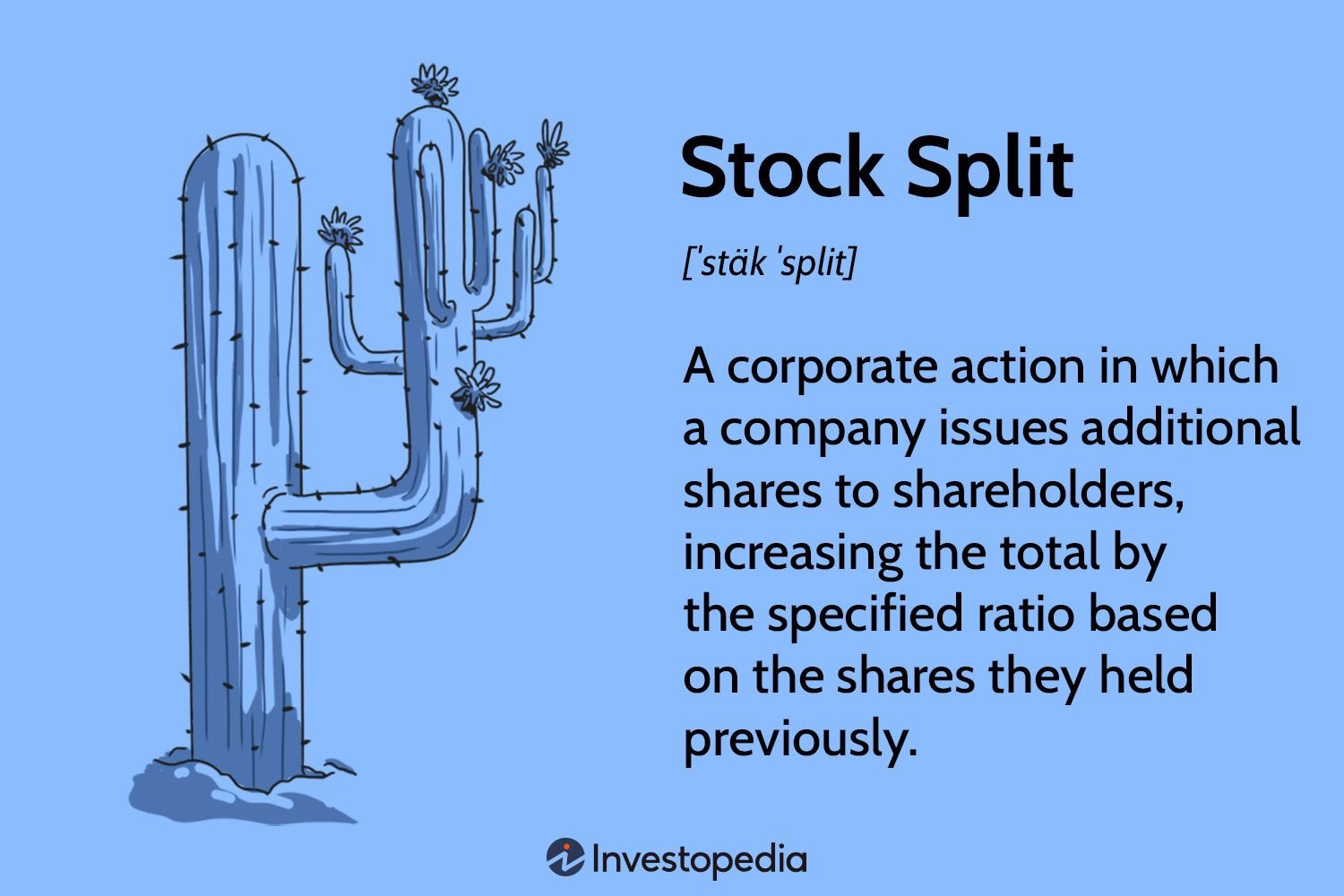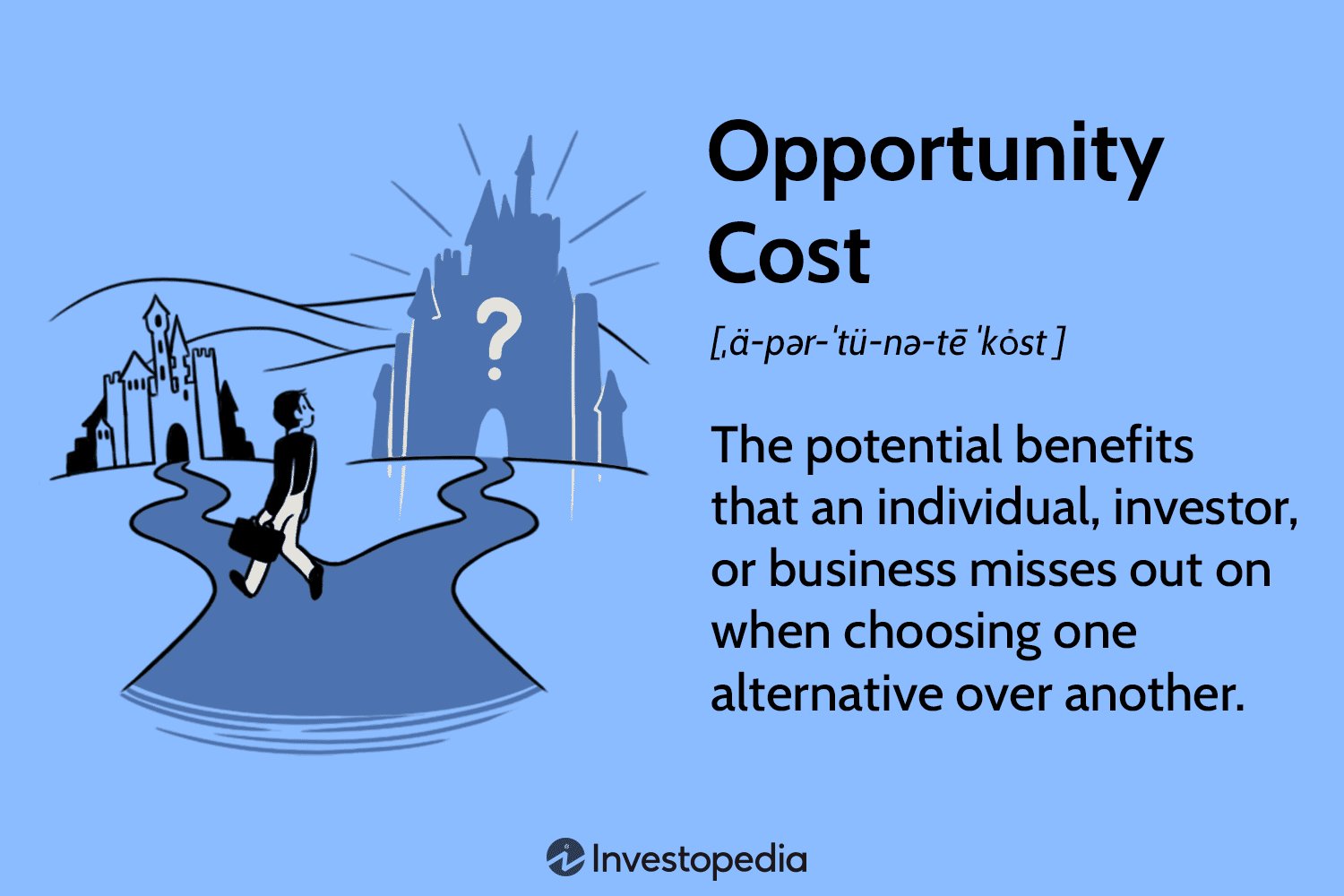What is a stock split and its impact? Simply put, a stock split occurs when a company divides its existing shares into multiple shares. This process increases the number of shares available in the market while reducing their price proportionately. While it may seem like a mere accounting maneuver, a stock split can have noteworthy effects on a company’s stock value and investor sentiment. Let’s delve into the intricacies of stock splits and understand how they can influence the market dynamics.
What is a Stock Split and Its Impact
A stock split is a common corporate action that companies undertake to increase their shares’ availability in the market. It involves dividing the existing shares into multiple shares, effectively reducing the price per share without impacting the total market capitalization of the company. This article will delve into the details of stock splits, their impact on investors, and how they influence the company’s financials. By understanding stock splits, investors can make informed decisions and navigate the stock market more confidently.
Why Do Companies Initiate Stock Splits?
Stock splits are typically implemented by companies to achieve various objectives, including:
- Liquidity Enhancement: By increasing the number of outstanding shares, stock splits make the shares more affordable for a wider range of investors. This increased liquidity can attract more buyers and sellers, ensuring a more active marketplace.
- Accessibility: Lowering the share price through a stock split can make the company’s shares more accessible to small retail investors, who may find it easier to purchase more affordable shares.
- Market Perception: High share prices can sometimes give the impression of an expensive stock, deterring potential investors. A stock split can create the perception of a more reasonably priced stock, potentially attracting new investors.
- Psychological Impact: Stock splits can generate positive sentiment among existing shareholders, creating a perception of growth and success. This psychological impact can lead to increased investor confidence and possible buying interest.
Types of Stock Splits
Stock splits can take different forms, with the most common being:
- Forward Stock Split: In a forward stock split, the company increases the number of shares by a specific ratio. For example, a 2-for-1 stock split would result in each existing share being divided into two new shares. The total market value of the shares remains the same, but the share price is halved.
- Reverse Stock Split: Unlike a forward stock split, a reverse stock split reduces the number of shares outstanding. It is typically implemented when a company wants to increase the share price. For example, a 1-for-10 reverse stock split would result in ten existing shares being consolidated into one share. The total market value remains unchanged, but the share price increases tenfold.
The Impact of Stock Splits on Shareholders
Stock splits have several implications for shareholders, including:
- Increased Share Quantity: After a stock split, existing shareholders receive additional shares in proportion to their existing holdings. This increase in the number of shares may not have any immediate monetary impact, but it provides a larger stake in the company.
- Lower Share Price: Following a stock split, the share price decreases. While the total value of the investment remains the same, the lower share price may attract new investors and potentially increase the stock’s liquidity.
- No Impact on Market Value: A stock split does not affect the overall market capitalization of the company. The split merely adjusts the number of shares outstanding and the share price, maintaining the same market value.
- Perception of Growth: Shareholders often view stock splits as a sign of positive future prospects for the company. The increased number of shares and the lower share price can create a perception of growth, potentially driving up demand for the stock.
- Tax Implications: Stock splits usually do not have immediate tax consequences for shareholders. However, when the shares are eventually sold, the cost basis per share will be adjusted to reflect the split, potentially impacting the capital gains tax liability.
Impact on Financial Statements and Ratios
Stock splits have implications for a company’s financial statements and key financial ratios. The most notable impacts include:
- Balance Sheet: A stock split does not affect the total equity or assets on a company’s balance sheet. However, the number of shares outstanding and the par value per share may change, requiring corresponding adjustments in the balance sheet.
- Earnings per Share (EPS): Following a stock split, the EPS is adjusted to reflect the increased number of shares outstanding. While the total earnings remain the same, the EPS can show a decline as it is divided by a larger number of shares.
- Price-to-Earnings (P/E) Ratio: A stock split impacts the P/E ratio by reducing the share price. If the earnings remain unchanged, the lower share price results in a lower P/E ratio, potentially making the stock appear more attractive to investors.
- Book Value per Share: The book value per share decreases proportionally to the stock split. As the number of shares increases, the same equity is spread across a larger base, resulting in a lower book value per share.
Stock Split Examples
Here are a few real-world examples of stock splits and their impact:
Example 1: Apple Inc.
On June 9, 2014, Apple Inc. implemented a 7-for-1 stock split. This means that for every share an investor owned, they received an additional six shares. The split dramatically reduced the share price from around $640 to approximately $91. The number of shares increased, making Apple’s stock more accessible to a broader range of investors.
Example 2: Amazon.com Inc.
In 1999, Amazon.com Inc. executed a 2-for-1 stock split. This split increased the number of shares outstanding but halved the share price. The split aimed to enhance liquidity and make the shares more affordable to investors while maintaining the same total market capitalization.
Stock splits are corporate actions that companies undertake to increase the liquidity and accessibility of their shares. By dividing existing shares into multiple shares, companies lower the share price, making them more affordable for investors. Stock splits have no impact on the overall market capitalization of a company but can influence the perception of growth and attract new investors. Understanding the implications of stock splits on shareholders and financial statements can help investors make informed decisions in the ever-changing stock market.
Stock Splits Explained
Frequently Asked Questions
Frequently Asked Questions (FAQs)
What is a stock split and how does it impact a company?
A stock split is a corporate action where a company divides its existing shares into multiple shares. The number of shares increases, but the overall value of the company remains the same. The impact of a stock split can vary, but generally, it makes shares more affordable and increases liquidity.
How does a stock split affect the stock price?
A stock split typically leads to a decrease in the stock price. For example, in a 2-for-1 stock split, each existing share will be split into two shares, effectively cutting the price in half. However, the total value of the investment remains unchanged.
Why do companies decide to initiate a stock split?
Companies often perform stock splits to make their shares more attractive to investors. By reducing the price per share, it becomes more affordable for individual investors and can potentially increase the trading volume and liquidity of the company’s stock.
What are the benefits of a stock split for shareholders?
Stock splits can benefit shareholders in several ways. First, it increases the number of shares they hold, which can enhance liquidity. Second, a lower stock price may attract new investors who previously found the stock too expensive. Lastly, it can potentially lead to increased trading activity and improved market perception.
Do stock splits affect a company’s market capitalization?
No, stock splits do not impact a company’s market capitalization. Since the total value of the company remains the same after a stock split, the market capitalization also remains unaffected.
Can stock splits affect the dividend payout?
Stock splits generally do not directly impact the dividend payout. However, companies may adjust the dividend per share to maintain a similar overall payout ratio. For example, if a stock split results in a decrease in the stock price, the dividend per share may also decrease proportionally.
Do stock splits change the ownership percentage of existing shareholders?
No, stock splits do not change the ownership percentage of existing shareholders. While the number of shares increases, each shareholder’s ownership stake remains the same as the percentage is calculated based on the total number of shares outstanding.
Are there any potential risks associated with stock splits?
There are typically no major risks associated with stock splits. However, it is important for investors to consider the company’s financial health, market conditions, and other factors that might impact the stock’s performance before making any investment decisions.
Final Thoughts
In conclusion, a stock split refers to the division of existing shares of a company into multiple new shares. This process has a significant impact on the stock’s price and liquidity. By lowering the stock price and increasing the number of outstanding shares, a stock split aims to make the shares more accessible to investors. It can also increase marketability and attract a broader range of investors. Overall, understanding what a stock split is and its impact can provide valuable insights for investors looking to make informed decisions in the stock market.



